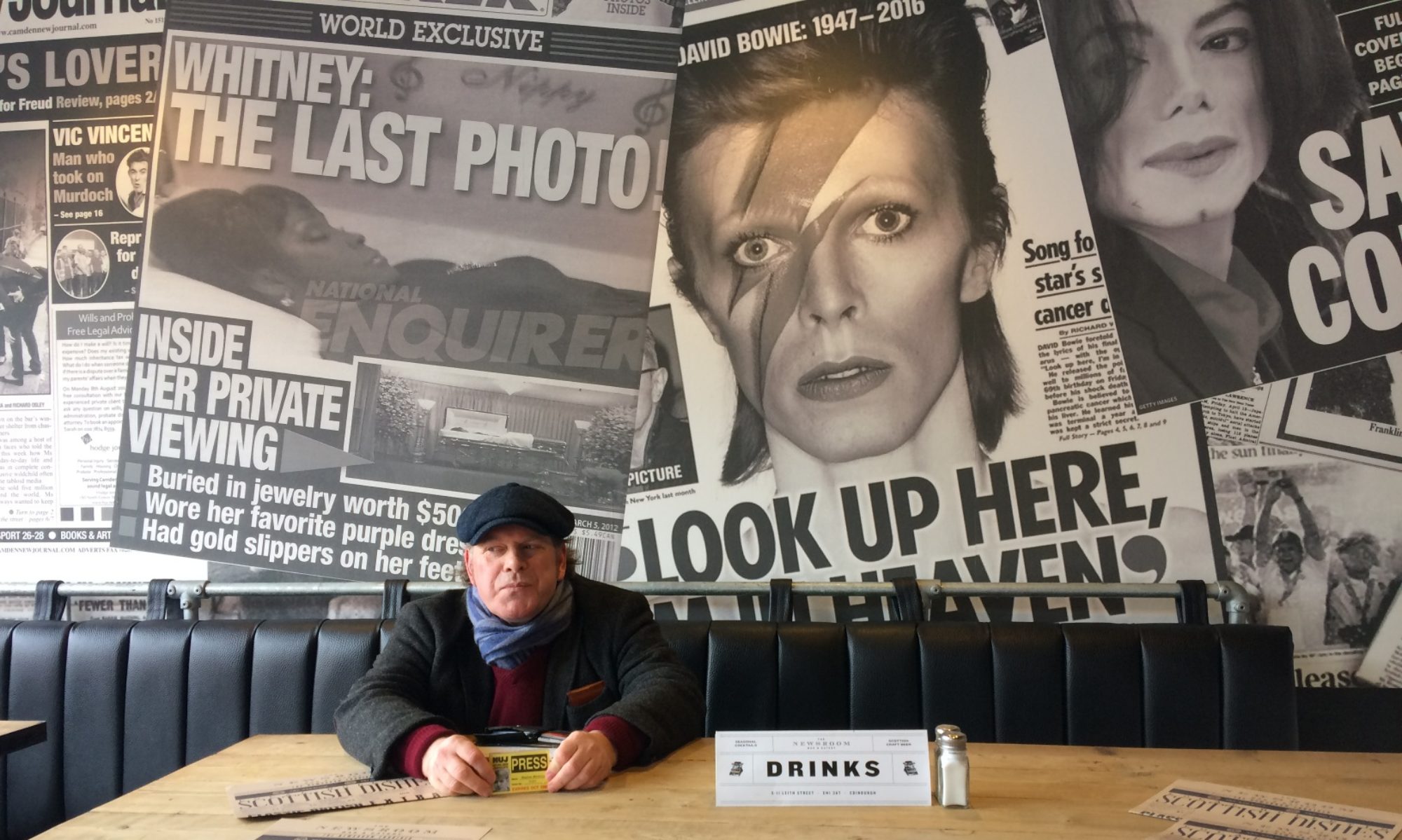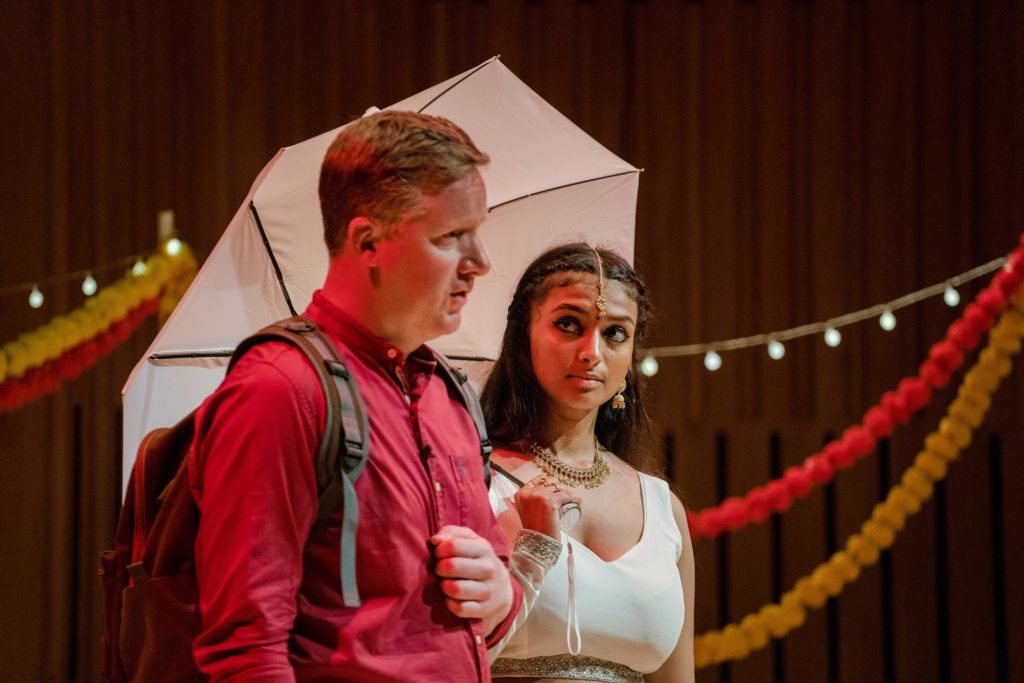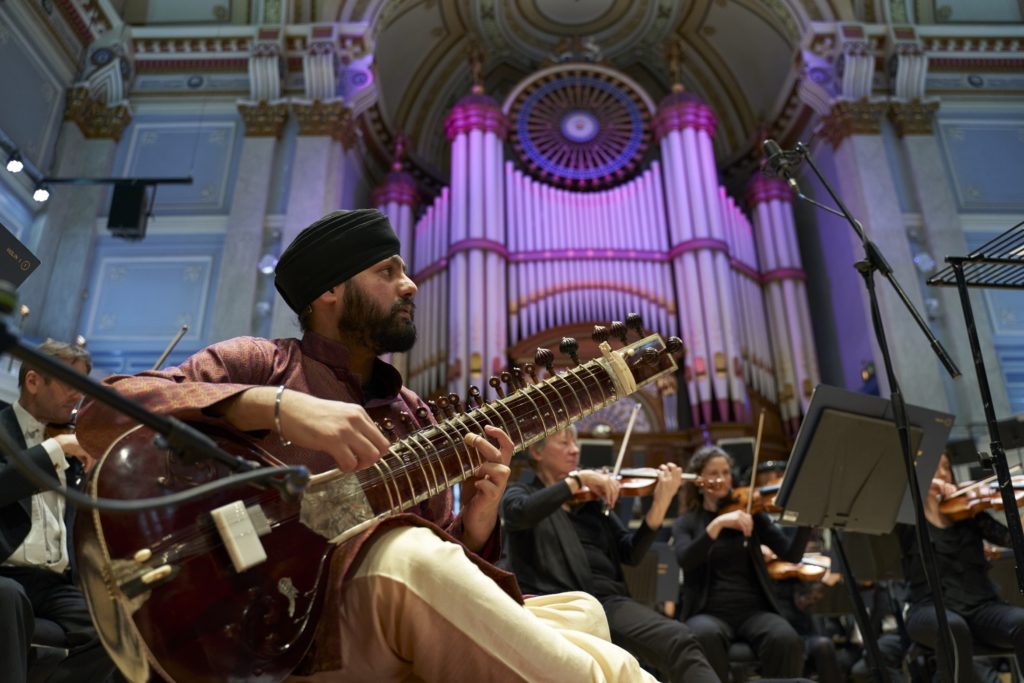
Baritone soloist David John Pike
FOLLOWING a call to prayer, the concert opened with a gravitas-laden Kyrie. It took a moment or two to get into the groove, but despite the ever-generous Minster acoustic, I could hear the choral fugue weaving its way through to a pleasing cadence.
The Christe soprano duet— Zoë Brookshaw and Philippa Boyle — with obbligato violins was in the altogether sunnier key of D major. The singers’ clear, confident deliveries and crisp string articulation brought a welcome relief and respite.
But then back to a second Kyrie fugue. This worked much better; maybe the choir were more at ease with the vocal demands, but I think the greater clarity and confidence benefited from Bach’s doubling of instruments and voices.
Assured string and clear trumpet playing added much to the celebratory opening of the – D major again – Gloria. I did lose a bit of choral detail, but this is a given in this acoustic. Nicola Rainger was on fine form with a disciplined, technically challenging violin obbligato accompaniment to Philippa Boyle’s captivating Laudamus Te.
Despite the impressive, soaring trumpet contribution, the Gratias Agimus Tibi seemed to have that ‘morning after’ quality. The balance between soprano (Zoë Brookshaw), tenor (Nicholas Watts) and flute obbligato (Della Blood) with muted strings was nigh-on perfect.
Indeed, David Pipe’s judgement was an impressive feature throughout the concert. The Qui Sedes Ad Dexteram Patris was sung by countertenor Tom Lilburn, and very well indeed. The clarity, almost purity of tone, worked really well with Jane Wright’s oboe d’amore obbligato accompaniment.
Baritone David John Pike fared less well in the following Quoniam Tu Solus Sanctus. I lost detail in the lower register, but as the aria is scored for the bass voice, this really wasn’t surprising. Janus Wadsworth was excellent on horn, but again I found it tricky to hear the bassoon playing with any real clarity.
The closing Cum Sancto Spiritu proved to be an enjoyable fugal first-half signing-off. The tempo was suitably energetic, and the strings in good nick with fine, crisp articulation.
This brought us to a welcome 15-minute break where the audience seemed to bypass chat about the performance in favour of how cold it was.
The Credo is in itself an altogether satisfying movement, probably on account of its clearly defined symmetrical structure. There was an impressive account of Et In Unum Dominum Jesus Christum from Zoë Brookshaw (soprano) and Tom Lilburn (countertenor) with sympathetic string commentary.
The aria Et In Spiritum Sanctum was more suited to the baritone range and gave David John Pike the chance to showcase what a very fine singer he really is. The oboe d’amore obbligati support was really well judged too. However, I could have sworn they were placed stage left. But not so. Of the three central choral sections, the opening five-part chorus Et Incarnatus Est De Spiritu Sancto fared best. In a quiet setting, the performance shone brightly.
By the time we reached the end of the Sanctus, it was clear that, to use a footballing metaphor, there were a lot of tired legs out there. The demands on the chorus are massive and unrelenting.
Yet, following a poignant Agnus Dei performed by Tom Lilburn with yearning string commentary, they rallied to deliver a splendid Dona Nobis Pacem to bring this enormous spiritual journey to a satisfying conclusion.
Finally, we should mention the consistent quality support from organist Shaun Turnbull and the authoritative direction of conductor David Pipe. But I am going to leave the last word with tenor Nicholas Watts. His performance of the Benedictus aria— with lovely flute accompaniment (Louise Evans, I think) — was, for me, the highlight of the concert.
Review by Steve Crowther





